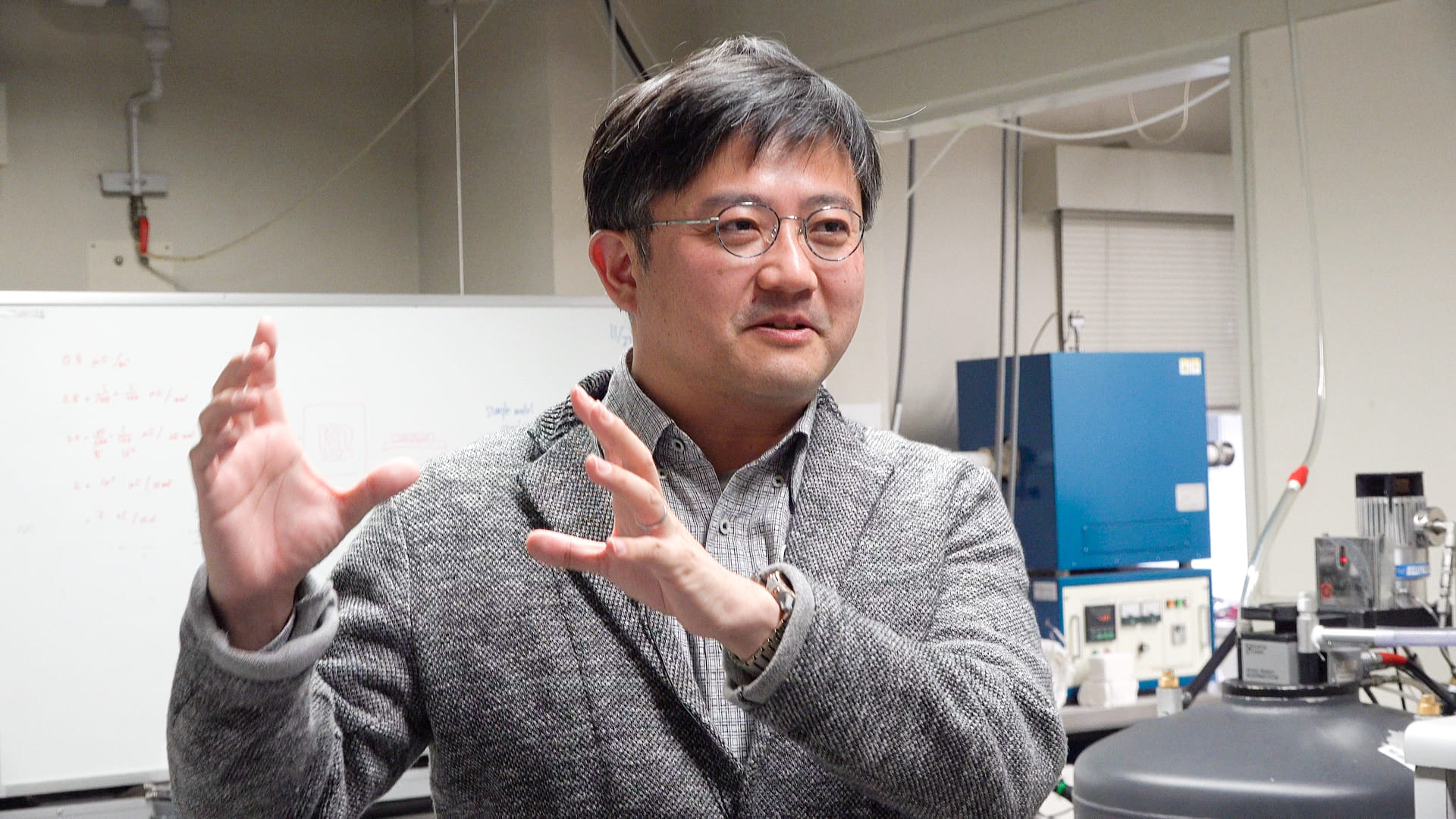Message
EXPERIENCE AND ENJOY A DISCOVERY BY YOURSELF. YOU WILL BE ADDICTED TO PHYSICS WORLD!
Masuda group studies novel quantum phenomena realized in low dimensional quantum spin system, oxygen molecule magnet, and multiferroics materials by combination of crystal growth, bulk property measurement, and neutron scattering. Any students who have interest in quantum phenomena, crystal growth, bulk property measurement, neutron scattering experiment, doing experiment abroad, presentation abroad at international symposium, etc., are very welcomed to our group.















